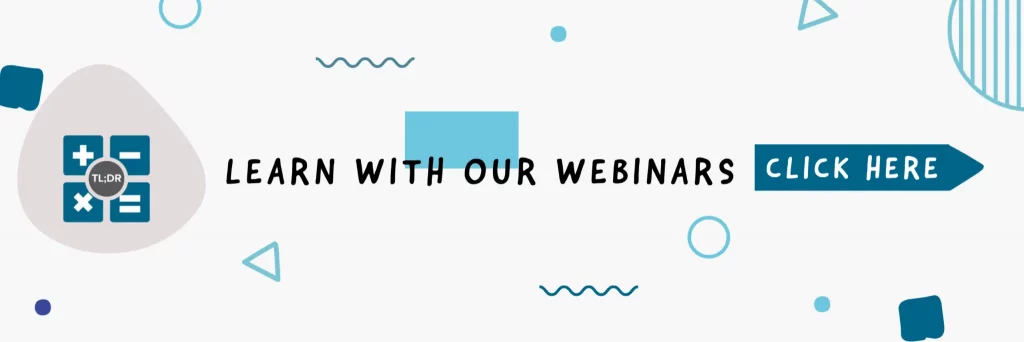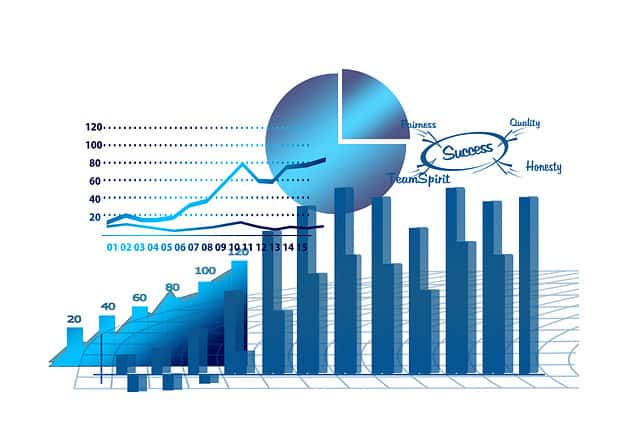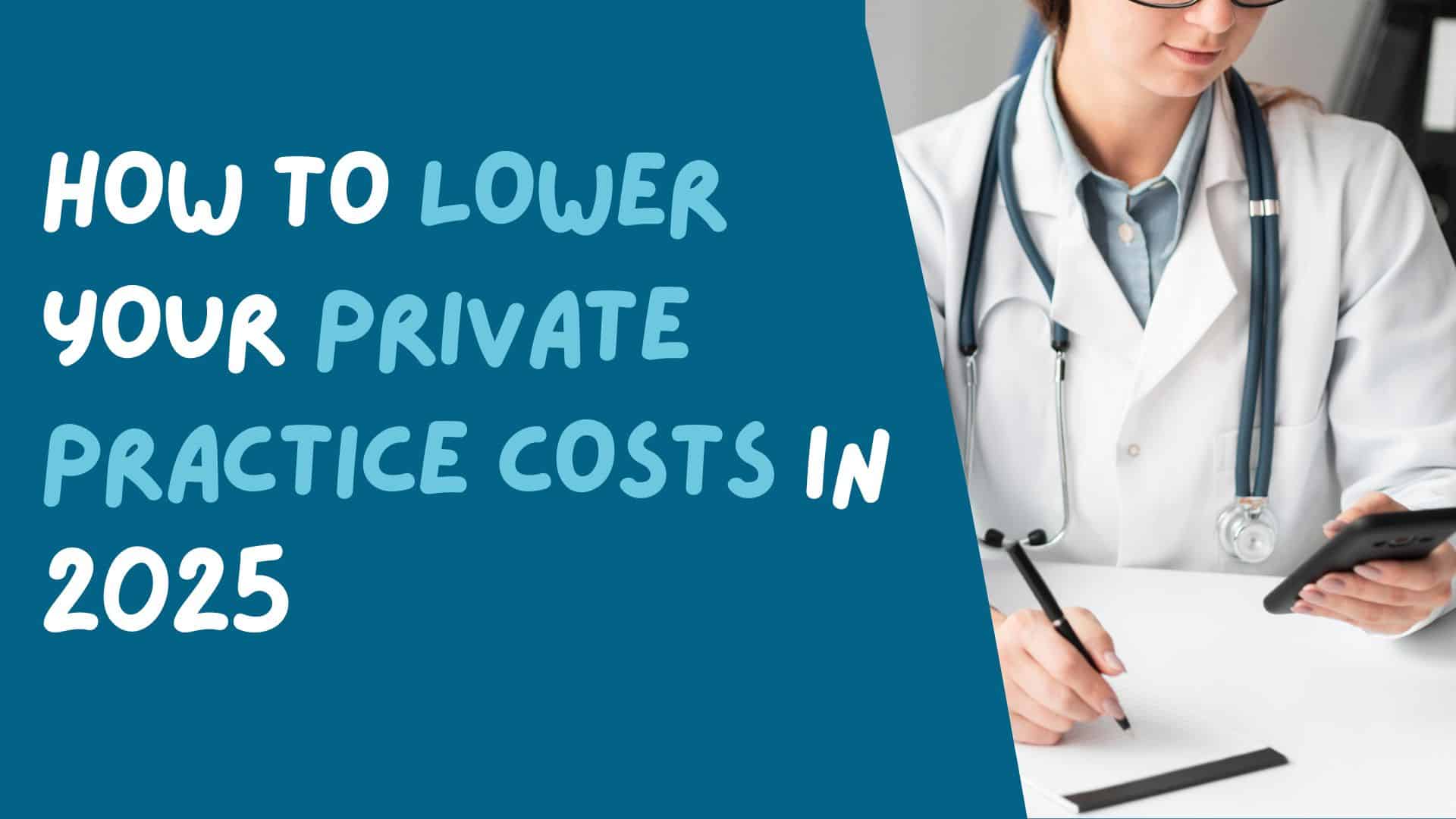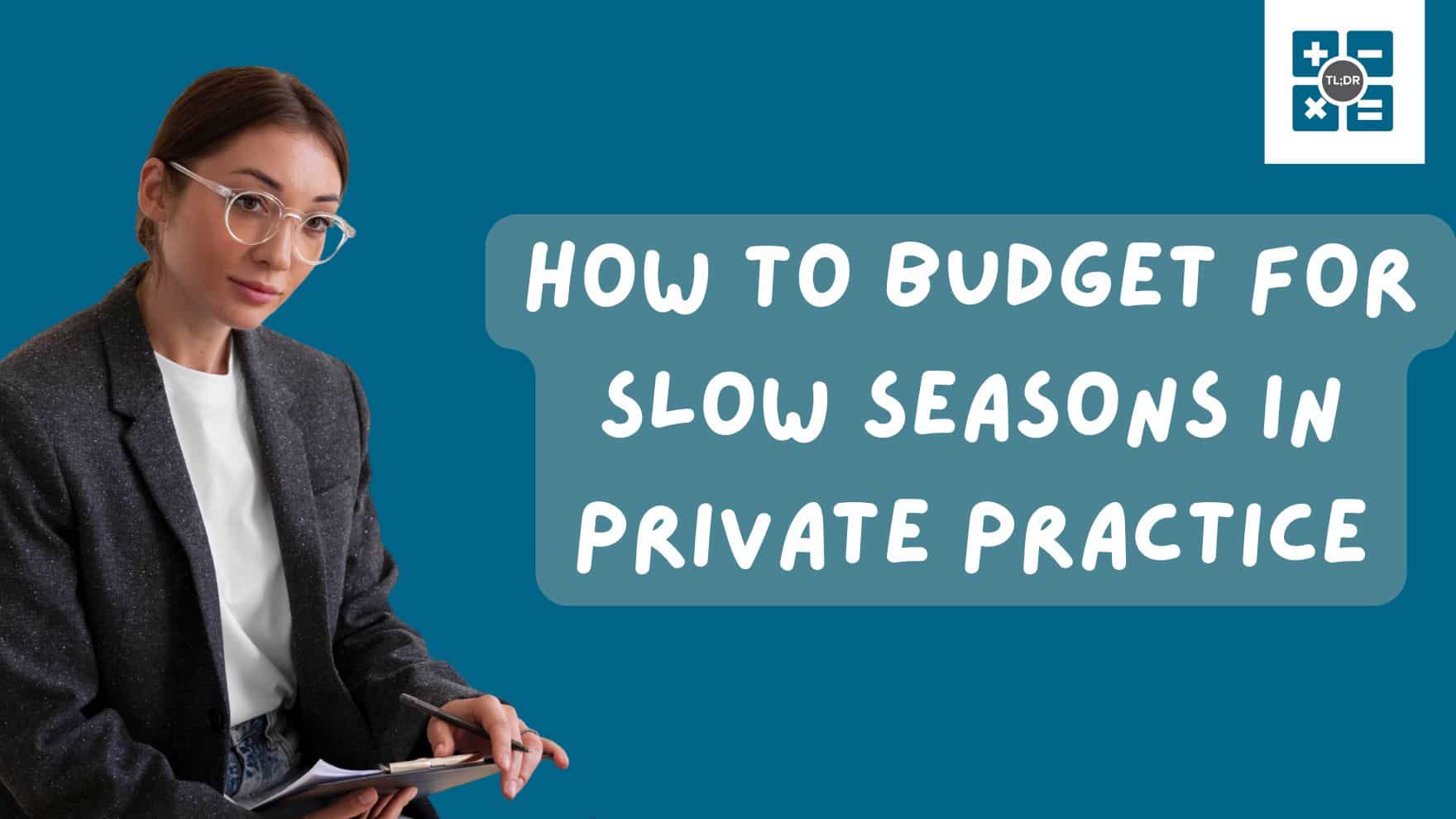Let’s get to the most important part first, namely why you should care about your financial statements. Your financial statements show how your business is doing, they provide various ways to measure goals and output, and, if you don’t know what’s going on in your business, they will show you. Most significantly, they will let you know if you are making money.
Your financial statements will help you answer questions like:
- Can I hire a new employee?
- Do I have enough money to pay my bills?
- Can I spend this money on new computers?
- Am I reaching my goals for the year?
Before we can look into any of the above questions, we need to look at what financial statements actually are. They normally include 3 basic statements: the Income Statement, the Balance Sheet, and the Statement of Cash Flows.
The Income Statement shows the company’s financial performance with net income(loss) over a set period of time. It is usually broken down into two sections: income and expenses.
[Income Statement]
| Service Revenue: | 75,000 |
| Expenses: | |
| Wages | 50,000 |
| Marketing | 6,000 |
| Depreciation | 500 |
| Travel | 7,000 |
| Total Expenses: | 63,500 |
| Net Income | 11,500 |
The Balance Sheet shows the company’s financial position at a set date in time. It is broken down into three sections: assets, liabilities, and equity. Also, there is a nifty little formula on the balance sheet. Assets = Liabilities + Equity
[Balance Sheet]
| Assets: | 12/31/14 | 12/31/13 |
| Cash | 17,000 | 23,000 |
| Equipment, Net | 5,000 | 2,000 |
| Total Assets: | 22,000 | 25,000 |
| Liabilities: | ||
| Loan | 5,500 | 20,000 |
| Equity: | ||
| Contributions | 5,000 | 5,000 |
| Retained Earnings | 11,500 | 0 |
| Total Liabilities & Stockholders Equity: | 22,000 | 25,000 |
The Statement of Cash Flows shows the increases and decreases in your cash balances over time. This is very important in a small business since cash flow can be an issue. “Do I actually have cash in my account to cover renting an office at $2,000 a month?” A Statement of Cash Flows answers these types of questions. Forecasting with the Statement of Cash Flows is very helpful. See the example below:
[Statement of Cash Flows]
| Operations: | Oct | Nov | Dec | 2014 |
| Beginning Cash: | -833 | 1,834 | 4,167 | 20,000 |
| Cash receipts from Customers | 10,000 | 10,000 | 25,000 | 75,000 |
| Cash Paid for: | ||||
| Wages | -4,166 | -4,166 | -4,166 | -50,000 |
| Marketing | -500 | -1000 | -3,000 | -6,000 |
| Travel | 0 | -1500 | -3,000 | -7,000 |
| Net Cash from Operations | 4,667 | 3,333 | 14,833 | 12,000 |
| Investing Activities: | ||||
| Equipment Purchases | -1,000 | 0 | 0 | -2,000 |
| Financing Activities: | ||||
| Loan Payments | -1,000 | -1,000 | -1,000 | -12,000 |
| Change in Cash | 2,667 | 2,333 | 13,833 | 2,000 |
| Ending Cash: | 1,834 | 4,167 | 18,000 | 18,000 |
The example includes the last quarter of the year and the totals for the year. By looking at the last quarter, you can see what your cash flow is doing. Here you can see the company made a third of their sales in December. Back in October the company started the month with negative cash – that doesn’t look too good.
How do they work?
Alright – now that we know what the basic financial statements are, you are probably wondering how they work together. The Balance Sheet is usually shown with the current and prior year as above. This way you have something to compare your current numbers too. The Income Statement is the difference between the current year and the prior year. Nifty, right? Finally, the Statement of Cash Flows is the difference in your cash balances between the prior year and the current year.
The whole reason this system can work is because of double entry accounting. I know you don’t want a history lesson here, but hear me out. It works since you have to “hit” two accounts when a transaction occurs.
Example, you make a sale for $500. The journal entry will be:
Cash $500
Sales Revenue $500
I know awesome, right? Right?!
Can I afford the $2,000 monthly office rent?
By looking at cash flow as time passes we can try to answer the $2,000 rent question. If the December increase in sales is seasonal, it doesn’t look like it would be a good idea. If instead, this is a permanent increase in sales, renting an office would make more sense.
Once the loan on the balance sheet is paid off, you would be freeing up $1,000 a month of cash, it then might make more sense to rent the office space. You also need to consider if by renting an office space, you are going to get more business – and if so, how much? We might want to run some projections of cash flow into the next year.
How can financial statements help my business grow?
Now you know what Financial Statements are, and kind-of how they work, now it’s time for why you should care. By looking at the income statement, and a monthly view of the statement of cash flows you can see if you can afford additional expenses(like salary to yourself). Once you know what your base numbers are you can forecast out additional expenses, or income.
Additionally, Financial Statements make preparing your tax return easier(and cheaper, which we all like). As you can see this can help you make plans for the future or even see different trends that happen in your business. I have included a link to the case study and a basic template for a Statement of Cash Flows.
TL;DR: You should use Financial Statements, especially the Statement of Cash Flows.






